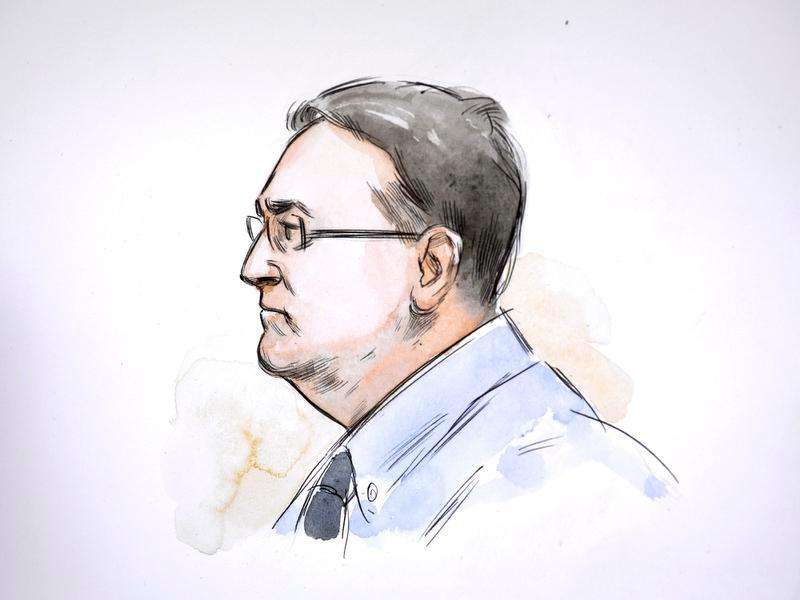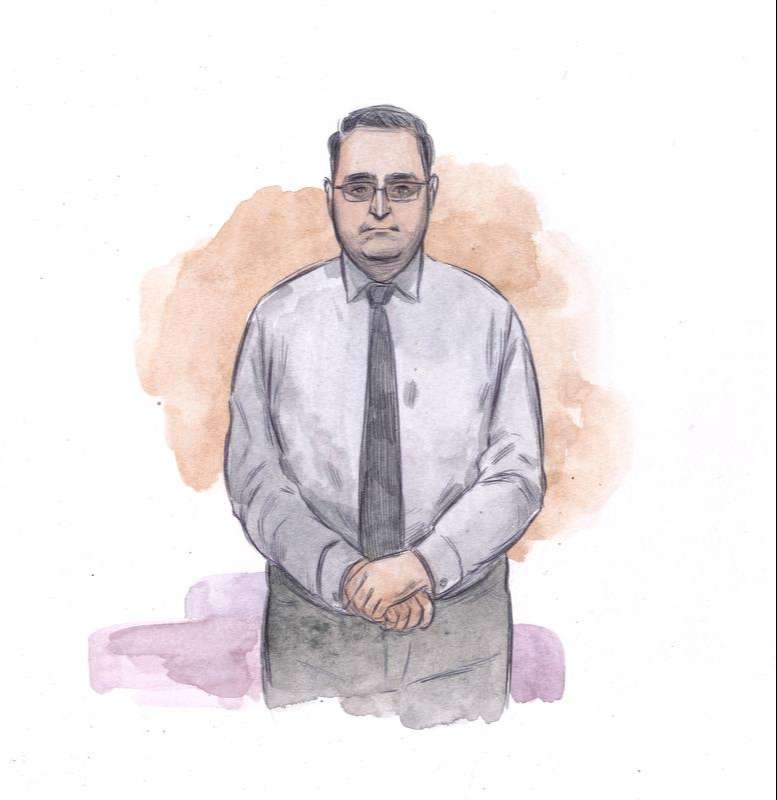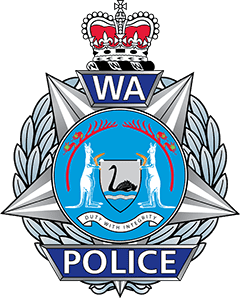Likeamystery
All Australian
- Aug 11, 2019
- 990
- 2,761
- AFL Club
- West Coast
(We already know that Telstra pay records provided for that fortnight for BRE, showed he was paid no overtime for Dumas House Saturday work).Questions and some of my answers and further questions from the below CSK trial verdict 619 page document p104-105 John Travis – evidence summary
1. Did John Travis appear at the trial for cross examination?
Yes on 6 Dec 2019.
"The next witness to be called is John Travis. The 66-year-old"
Claremont killer trial LIVE: Bradley Edwards faces woman he attacked in 1988 and Jane Rimmer's brother
Accused man Bradley Edwards has faced the woman he admitted to attacking inside her Huntingdale home in 1988, who spoke of how he pinned her down and stuffed cloth in her mouth as she slept. Jane Rimmer's brother, Adam, has also taken the stand to give evidence.www.watoday.com.au
"He is now talking about the pager number he had written down at the time for Mr Edwards, which was 137."
"Mr Yovich is now cross-examining Mr Travis."
"He is being asked now if he has an individual memory for the day he worked with Mr Edwards at Dumas House, he has said no and that he is relying on his diary entries, which he wrote down to lodge employee timesheets, which was his responsibility."
"I trust my notes 100 per cent."
Claremont serial killing trial - day 10
The West Australian continues its live blog of the Claremont serial killer trialwww.24liveblog.com
"The court was shown a copy of what Mr Travis said was the start communication pager list which contained the contact details of all the technicians who were working that weekend."
2. Were any witness statements able to be obtained from John Berkelaar and Lindsay Hilton who Travis claims were the other 2 workers who his hand written diary had recorded working with both himself Cook and BRE at Dumas House on the Saturday 27 January 1996 at Dumas House?
Neither Berkelaar or Hilton were witnesses in the trial.
3. What did Telstra records have for Berkelaar, Hilton, Cook & Travis for overtime worked that Saturday at Dumas House and did WAPOL/Prosecution request these records from Telstra? No idea. Nothing in the verdict docs.
(We already know that Telstra pay records provided for that fortnight for BRE, showed he was paid no overtime for Dumas House Saturday work).
4. Why wasn't Travis called back as a witness after the Telstra witness testified that Telstra pay records provided for that fortnight for BRE, showed BRE was paid no overtime for Dumas House Saturday work? Asked back to provide a possible explanation as to why there was no record at Telstra of overtime being paid for BRE for that Dumas House Saturday work. It is unclear to me whether Telstra payslips provided as evidence showed that BRE worked that Saturday.
5. Did the Admission BRE made agreeing that he had worked at Dumas House that Saturday, represent the truth?
Or did the Prosecution just try to get BRE agree to this and succeed, on the off chance that he did not work at Dumas House that Saturday, in order to then try and come up with more evidence that he did not work there that day, or already having some evidence that he did not work there this Saturday that was not tabled during the trial, all of which was designed to cleverly then possibly bring into question what else BRE might be lying about in regards to Sarah Spiers?
"John Travis – evidence summary
315 John Travis worked for Telstra as a technician from 1982 to 2013. From late 1988 through to the early 2000s he worked in the Corporate Customer Division in facility management. This meant that he was allocated to look after the internal telephone systems of large corporate customers. He had responsibility for large projects and would resource personnel from the depot to assist him on these projects. This work was generally done over long‑weekends when there were no workers in the customer's premises
316 Mr Travis met the accused sometime after 1988, because they both worked out of the Leederville depot. On some occasions when Mr Travis needed to call for volunteers to assist on large projects the accused came to work with him. One of those projects was at Dumas House, West Perth.
The work was over the Saturday and Sunday of the Australia Day long‑weekend 1996. Mr Travis worked both days, but not all others who assisted him did.
317 Mr Travis said that there were five people who worked on this project – himself, the accused, Mr Cook, John Berkelaar and Lindsay Hilton. He could not recall the hours worked but had kept a hand‑written record in his diary. He is a meticulous record keeper. According to his records the four named people came to assist him with the job on Saturday, 27 January 1996. They all started work at 8.00 am, apart from Mr Cook, who started at 10.00 am.
318 Mr Travis recorded the start and finish times, the length of time each person worked and what floor of the building they worked on. He worked on the 9th floor from 8.00 am to 3.30 pm, on the 8th floor 3.30 pm to 9.30 pm and then on the 7th floor from 9.30 pm to 10.00 pm. Mr Berkelaar worked on the 9th floor from 8.00 am to 10.30 am, on 8th floor from 10.30 am to 7.30 pm and then on the 7th floor from 7.30 pm to 9.30 pm. Mr Hilton worked on the 9th floor from 8.00 am to 11.00 am and then on the 8th floor from 11.00 am to 8.00 pm. Mr Cook did not work on the 9th floor; he commenced on the 8th floor at 10.00 am and worked on that floor for 7 hours and 45 minutes (the end time is not recorded). Mr Cook would have finished work at 6.15 or 6.45 pm (depending on whether he took one or two meal breaks). The accused worked on the 9th floor from 8.00 am until 10.30 am and on the 8th floor from 10.30 am to 9.45 pm. Allowing for meal breaks, the accused worked a total of 12 hours 45 minutes on 27 January 1996. On the following day, Sunday 28 January 1996, only Mr Travis and Mr Hilton worked at Dumas House.
319 Mr Travis could not recall what car the accused arrived in on 27 January 1996 or what type of car he drove at that time. He did not see the accused arrive but said that those starting at 8.00 am would have gathered outside and would have entered the building together as he had the keys.
320 It was put to Mr Travis in cross‑examination that Mr Cook had given evidence that he started at 8.00 am and finished at 4.00 pm, an eight hour period. Mr Travis disagreed with those times and said that Mr Cook may have been confused with another job that he did at Dumas House, because Mr Cooke was a regular that came to assist him. He maintained that his diary is 100% accurate, and that Mr Cook must be mistaken.
321 Mr Travis said that if his vehicle had to go in for a service he could arrange to take a pool fleet vehicle. There was a register to fill in when an employee took a pool fleet vehicle. There was a person in charge of pool vehicles and that person had the key to the box in which the vehicle keys were kept."
When people work overtime they usually jump up and down until it gets paid. Could the overtime have been paid the following week?






